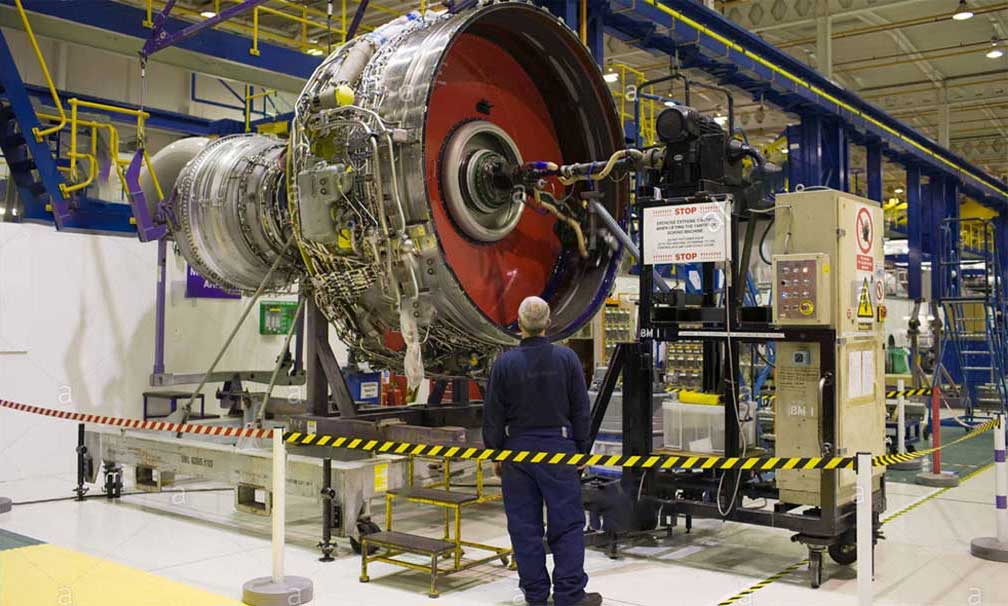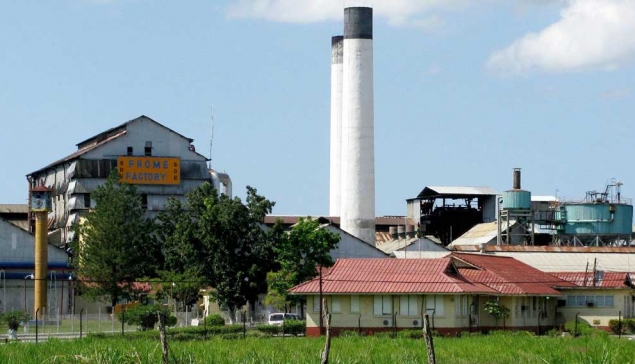Almost thirty years ago I suggested in an academic paper, that to accelerate development in our region, instead of thinking ‘technology transfer’,
the then commonly used concept, we should think ‘technology transplant’. There were rather compelling reasons for the idea at the time. Today they seem even more compelling as we import costly, ever-expanding information and communication technologies (ICT) — hard and software — into operations of government bureaucracies, private sector and as well, our universities.
The core idea was that as in human organ replacement, the host immune system often must be suppressed to avoid rejection of the attempted transplant, in effect, for the procedure to be successful. Rejection means the organ was transferred but ‘transplant’ didn’t occur and thrive. Likewise transplanting seedlings from greenhouse to the field requires suitably prepared ground for healthy growth into flowering maturity. A combine harvester developed for and used on the plains of the U.S. Corn Belt is useless on Jamaican hillsides. So not only do we need sensible preparation but also choice of technological solution fitting the task at hand. The concept ‘transplant’ comprehensively captures these realities, ‘transfer’ doesn’t. An interesting story along these lines may be told of Jamaica’s unique world renowned cattle breeds.
 Thomas (T. P.) Lecky pictured on his book which describes his revolutionary development of Jamaica Hope and other cattle breeds for the tropical Jamaican environment. Photo: Wilberne Persaud © Ian Randle Publishers.Jamaica’s T.P. Lecky, seeking cattle to succeed in Jamaican conditions figured the breed needed to have some key characteristics: resistance to tick fever, high milk production capacity, high beef production, light weight for mobility in difficult terrain. In, and for the Jamaican environment — tropical conditions — no such animal existed.
Thomas (T. P.) Lecky pictured on his book which describes his revolutionary development of Jamaica Hope and other cattle breeds for the tropical Jamaican environment. Photo: Wilberne Persaud © Ian Randle Publishers.Jamaica’s T.P. Lecky, seeking cattle to succeed in Jamaican conditions figured the breed needed to have some key characteristics: resistance to tick fever, high milk production capacity, high beef production, light weight for mobility in difficult terrain. In, and for the Jamaican environment — tropical conditions — no such animal existed.
He recognized that from the earliest imported breeds our farmers had one problem licked — Jamaican adapted cattle (cows breeding naturally for centuries in Jamaican conditions i.e. ‘transplanted’) developed resistance to tick fever. But milk and beef production were too little. He embarked upon a breeding programme that gave us Jamaica Hope, Jamaica Brahman,[1] Jamaica Red and Jamaica Black. He used a range of techniques, particularly cross breeding in order to genetically infuse into new breeds, the characteristics of the Jersey, Holstein, Indian Sahiwal and purposefully selected Jamaica-adapted cows, transforming them into animals that delivered required outcomes in our environment. The Jamaica Hope breed still presents tremendous possibilities for Jamaican advance in local agriculture, food security and foreign exchange earnings linked to cattle genetics.
After that interesting story, let’s establish that technological change is universally agreed to be a central element in economic growth, representing a major part of the process of ‘creative destruction’ in capitalism. It represents new ways of doing old things, creating new materials and processes: spear conquered by gun powder and bullets; horse and buggy give way to steam locomotive and automobile; sail boat to steamship to nuclear powered submarine; insulated copper cabling gives way to fibre optic cores. Productivity advances by leaps and bounds.
Let’s think now of a reincarnated Christopher Columbus embarked on his journey, euro-centrically described as ‘discovery’ of the West Indies. It is the 21st century. He is advised of an incredible new vessel. An airship powered by Rolls Royce jets. He comes to Palos, the place from which, as a young man, he originally embarked, with his men. He vehemently insists that fowls he brought aboard the jet must have the overhead bins as nesting boxes so his crew can have eggs for breakfast. Fantastic! Would you believe this is exactly what we’re doing in so many cases of implementing roll-out of ICT in our institutions?
 Vessels of Columbus' day
Vessels of Columbus' day
We have old ways of accomplishing a variety of tasks: as in creating data bases in paper files or blue books, having layers of personnel and meetings for decision making processes and so on. This might be an insurance company client and accounts information system, a Ministry of Tourism, an online student records management system, whatever. Expensive hard- and software of new ICT have been purchased and installed, information technology (IT) professionals are hired and trained. Yet the functionaries, upon confronting a problem, seek a fix, not to alter their old process of doing things, but for the new system software. The IT technician is instructed to defeat or override some rule allowing old inefficient habits to prevail. This is Columbus insisting on taking his fowl aboard 21st century jet airship Santa Maria, to lay eggs for his crew’s breakfast!
 Rolls Royce jet engine at factory - Derbyshire United Kingdom
Rolls Royce jet engine at factory - Derbyshire United Kingdom
Fact is, just as we prepare ground for seedlings, suppress recipients’ immune systems for a kidney transplant, likewise a host or recipient institution needs to be prepared for absorption of technology transfers so they become ‘technology transplants’. This requires sometimes a change in people’s and institutions’ orientation for a complete ‘buy-in’, to the process of technical change ultimately driving cost savings, enhanced efficiency and expanded growth. There are too many situations in which prevailing custom and attitudes impede thriving transplants.




